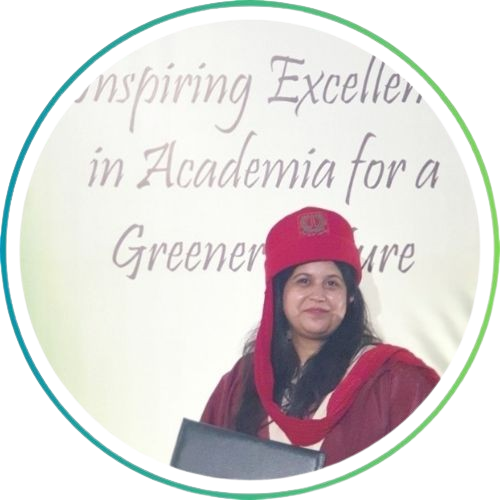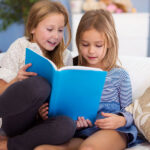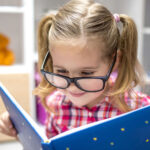*Digital Literacy for Little Learners: How Much Is Too Much?*
In today’s fast-evolving world, digital literacy is no longer a luxury—it’s a necessity. But when it comes to our youngest learners, the line between empowerment and overwhelm is thin. As an early years educator deeply rooted in research and classroom practice, I’ve often asked myself—and been asked by many parents and teachers—“How much screen time is too much?”, or “Is digital learning even right for young children?”
Let’s unpack it, gently and wisely.
The Digital Natives Are Already Here
Children today are born into a world where voice assistants, smartphones, and YouTube are part of daily life. Ignoring this reality is no longer an option. Instead, what we must do is guide it—with intention, structure, and balance.
Digital literacy in early years isn’t just about “knowing how to use a tablet.” It’s about helping children:
Understand how to use tools for learning and communication.
Develop critical thinking (not just passive watching).
Learn how to create, explore, and engage—not just consume.
So, Where’s the Line?
The concern around screen time is valid—and well-supported by research. The American Academy of Pediatrics recommends limited screen time (about one hour per day of high-quality programming) for children aged 2–5. But it’s not only how much screen time they get—it’s what they’re doing during that time.
There’s a huge difference between a child zoning out to random cartoons and a child:
Listening to a storybook read aloud with interactive prompts
Exploring a phonics app that responds to their voice
Drawing digitally and sharing it with their class
Playing educational games and attempting activity tasks
In this case, quality and supervision matter far more than the number of minutes.We should never replace rich, sensory, social, and imaginative play with digital substitutes. But we can:
Integrate short, purposeful tech time into the day
Use digital tools to reinforce classroom learning
Empower teachers and parents with tech literacy, so they model healthy habits
This is where digital literacy in early childhood education becomes a game-changer—not just another checkbox.
At EYFS Pakistan, we don’t believe in isolating technology or fearing it. We believe in shaping it wisely. Our upcoming teacher training programs include digital literacy modules that equip educators with the knowledge to:
Use digital tools meaningfully in the early years classroom
Evaluate educational apps and platforms
Support families in navigating tech at home
Because we believe children deserve the best of both worlds—books and tablets, messy play and smartboards, storytelling and coding games. Not one or the other. So, the question isn’t “Should little learners go digital?”—they already are. The real question is: Are we guiding them wisely, or leaving them to figure it out alone?
Let’s raise a generation that can think critically, explore creatively, and engage responsibly with or without a screen.






